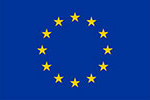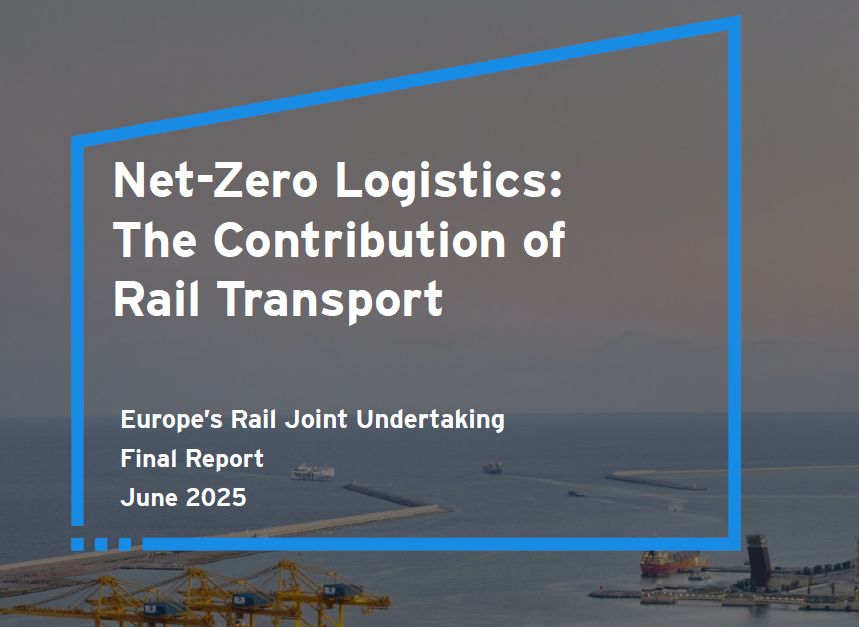Europe must take decisive steps to simplify and modernise its rail systems to strengthen competitiveness,...
D26.1 Use Case Collection Process
Output type:
The usage of latest digital technologies (e.g. federated data spaces, CDM, digital twins, etc.) are key enablers to drive the railway industry forward and are mainly responsible for almost any optimization within the last years. That is why FP1-MOTIONAL Work Stream 2 (Work packages 26-31) is focused on the investigation of new technologies as well as the adoption of existing ones that are available on the market to enable these for the railway community; so, called: “technical enablers”.
Since, this approach would remain ineffective until these technical enablers are not used in combination with a use case, WP26 is obliged to technically enable as many use cases as possible, that evolve from the other flagship projects. However, only those use cases shall be cooperated with, where’s use case owner are requesting for that sort of support. The usage of WP26 technical enablers is not mandatory to any use case owner.
Main goal of this first task within WP26 (26.1) was to come to a common understanding of how the required use cases that evolve from the other flagship projects shall be identified and interacted with. This interaction shall include the identification of use cases as mentioned above, that envisage the usage of at least one technical enabler technology developed in workstream 2 FP1-MOTIONAL. Furthermore, it shall set relevant stakeholders (namely use case owners and owners of technical enablers) into contact with each other to join forces within an iterative process, where the use cases and the technical enablers are combined step by step to research on it’s synergies and effectiveness (Task 26.2). Finally, the outcome of this investigation shall be to come to a consensus of how the set of use cases shall be collected and documented (Task 26.3).
For this purpose, the WP26 working group developed a process within task 26.1 on basis of the “swim lane” methodology that maps all stakeholders and their respective tasks within the use case collection process execution. The process description covers the identification of relevant use cases, the collection of them and – if applicable – their adoption by the System Pillar towards standardization.
This process as well as the common understanding are considered the main outcome of this task and are described in this document.
















